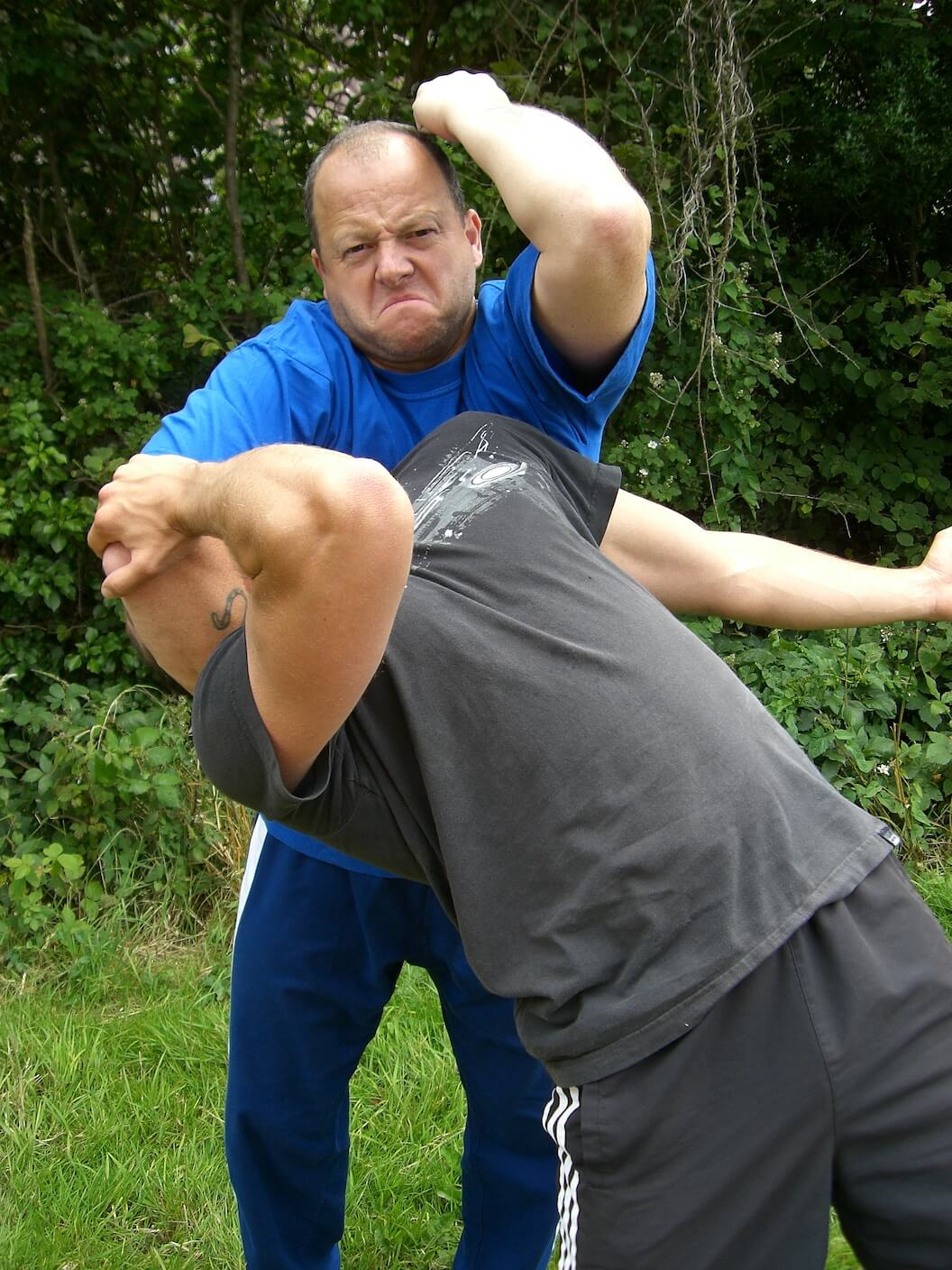Forget Breath Control
Forget breath control and you will fail to master any martial art movement, but let’s take it further than that if you don’t have breath control you will not master any martial art movement or body action/function.
Students when learning any new skill will naturally hold their breath and this is a normal reaction when you are concentrating and focusing on a job or task in hand. The problem is that when we concentrate and zone in on what we are doing the muscles tense up, the breathing stops or becomes erratic.
This tends to happen more when you are doing fine motor skills like painting, drawing, puzzles, tying shoelaces, threading a needle (I was never confused), cutting up your food, doing up buttons, computer work, putting contact lens in, playing a musical instrument, using tweezers and there are many more examples I am sure you can all think of.
Now the first thing I do when practising martial arts is to check my posture to see I am in good form and then I check my breathing , when I check that I am breathing from the diaphragm in a slow and rhythmic pattern my muscles and tension naturally relax.
If we breathe from the lungs or what we call chest breathing we tend to tighten our shoulders and neck muscles this then has an adverse effect on our performance of anything physical.
We should place a lot of time and effort on breathing naturally with the diaphragm as about half of the adult population do not use it. This seems a little paradoxical? Spend a lot of time on breathing naturally!
Notice how a young child breathes, it has a natural rise and fall of the chest and abdomen; Where as adults tend to hold their stomachs in more creating more tension in the top half of the body and this leads to a reduction of core stabilisation making them seem top heavy and or ungrounded.
When we use diaphragmatic breathing we aid the spinal stability by increasing the intra abdominal and the intra thoracic pressure acting as an oppugnant against external forces.
We don’t want to get too technical as the important thing is to breath with your diaphragm and don’t hold your breath.
How to check if you are breathing with your diaphragm, when you are sitting on a chair close your eyes place one hand on your chest and one on your stomach, you should breath in through the nose and your stomach will expand moving the hand on your stomach the hand on your chest should not move if it does you are not breathing with the diaphragm. Breath out through the mouth and your hand on your stomach should sink into your abdomen. This is a very basic guide but gives you a start, we can of course get more detailed but we will save this for another time.
I can remember when my sensei (teacher) used to kiai (shout) when doing a karate punch or kick the sound came from the depths of his stomach and you could see his diaphragm moving and working. A common mistake in karate when using a kiai is to make the sound come from just the throat and can seem a little high pitched. This means you are not really engaging your core and using your diaphragm.
I will leave you with this;
When I asked this beautiful 6 foot blonde Swedish girl to go out with me she said ‘‘Don’t hold your breath.’’ I thought what a good lesson, don’t hold your breath.
By GM Angelo

